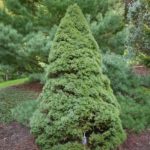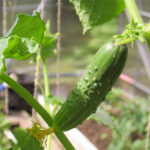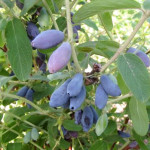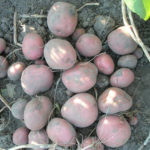Colorado spruce Fat Albert
Thorny spruce is not for nothing that they bear the second name - Colorado. Their homeland is the mountainous and foothill regions of the western United States, and some states, including Colorado, consider them one of their symbols. In general, the species is distinguished by an unusually blue shade of the crown, as well as high winter hardiness and unpretentious care. Breeders paid attention to these qualities back in the 19th century, and created many popular varieties on the basis of Picea pungens. Our heroine is one of them.
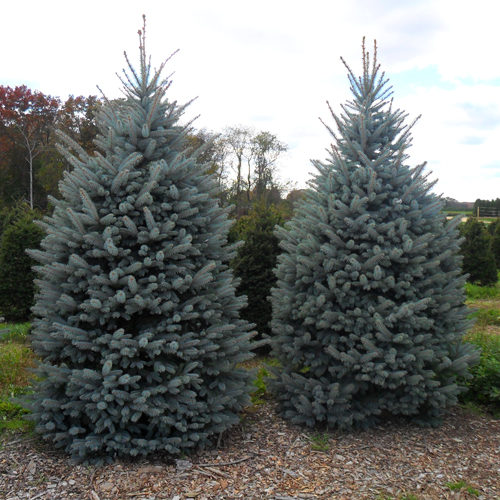
Short biography
The described variety originated in the famous American nursery Iseli Nursery (Oregon). According to some reports, an unusual seedling was selected in 1978, although it was first announced at the 1981 exhibition. The name was given to the variety by Don Hoves, a passionate collector of conifers and a longtime fan of the Iseli nursery. He decided that the name of the funny fat man Albert, invented by the popular comedian Bill Cosby, would be the best fit for the new cultivator.
And he was not mistaken! Fat Albert (Picea pungens Fat Albert) has become a very popular coniferous plant on both sides of the ocean, and even received several prestigious awards, including the last one in 2012, from the English Royal Society of Gardeners.
Description of the variety
Fat Albert belongs to the group of thorny spruce trees that boast a regular, wide-conical crown shape. The secret of its harmony lies in a strong and stable leading shoot, which does not yield to its positions throughout the life of the tree.
This variety shows strong growth, about 20 cm per year. Already by the age of 10, its height sometimes reaches 3 meters, and mature specimens can grow up to 12-15 meters, while the crown diameter is 3-4 meters.
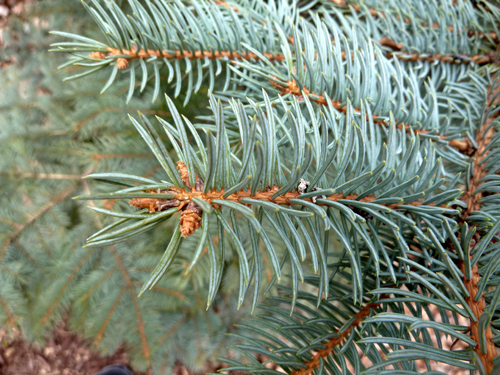
The variety is characterized by strong, harmoniously developed branches extending from the trunk almost at right angles and forming regular tiers. In general, the crown is dense, which is facilitated by thick and prickly needles 2-3 cm long. In its color, a blue tint is clearly manifested, which does not disappear at all seasons.
In the spring, cones appear on the spruce: elongated, sometimes ovoid, rather large, distinguished by a pleasant greenish-purple color, which harmonizes favorably with the green of the needles. Over time, they turn brownish, but they hang at the ends of the branches for a long time.
Thus, the Fat Albert spruce has a very presentable, and even austere look that attracts the attention of people around it. And do not be surprised that many gardeners fell in love with it.
Distinctive agrotechnical properties and use
But the popularity of the plant is not only a tribute to its decorative effect. Like all prickly spruces, this variety is easy to grow. It is unpretentious, tolerates urban air pollution well. Without shelter, it can withstand frosts down to -35 °, and adult plants even more. It develops well in well-lit places, but it also tolerates significant shading (although in this case the crown grows noticeably slower).
It is best if you can regularly moisten the soil under this tree and also spray it during dry periods. At the same time, Fat Albert tolerates dry air much easier than ordinary ordinary ate.
The soil under the tree should be light, drained, but nutritious. You need to know that this is one of the fir trees, which makes increased demands on soil fertility and regular feeding. Sandy and loamy soils with a slight acid reaction are best suited for it.
Considering the severity and beauty of the form, the variety is used to decorate the front entrances, central alleys of parks, for landscaping ceremonial places. At the same time, this variety looks great even in a small garden, like a specimen plant that attracts the attention of others.


